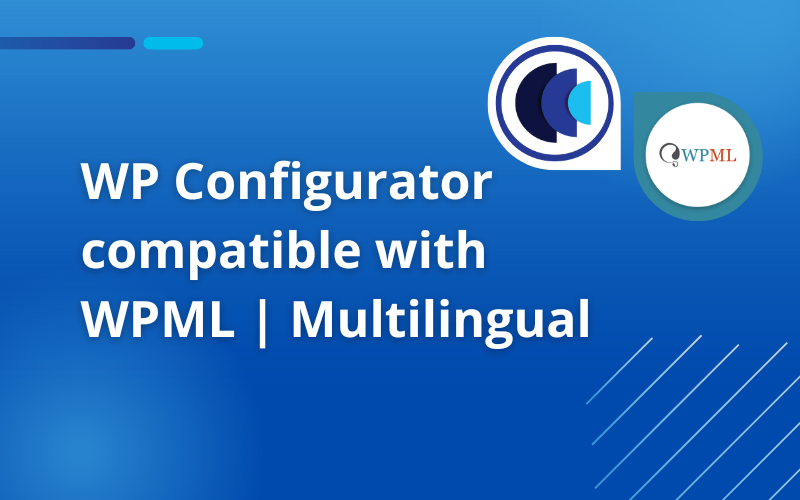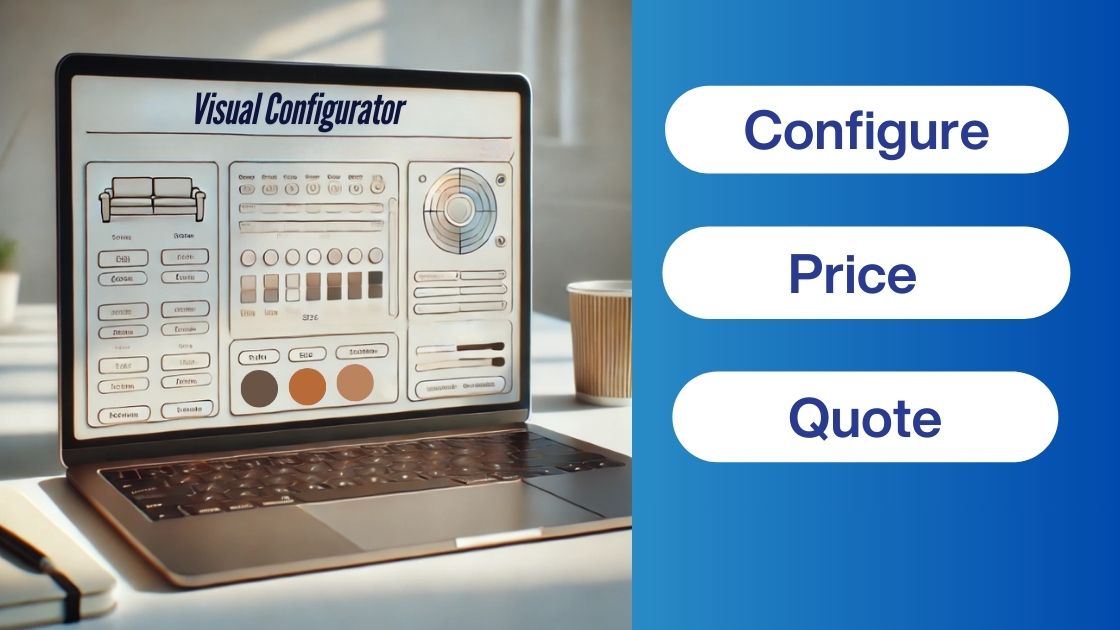WordPress is a powerful content management system used by millions of individuals, businesses, and organizations around the world. Setting up a WordPress website is relatively easy, but customizing and optimizing it to best suit your needs can be a challenge. In this article, we will explore 8 essential steps for setting up, customizing, and optimizing WordPress websites to get the most out of your WordPress experience. By following these steps, you can ensure that your website is secure and optimized for search engine optimization (SEO).
Download and Install WordPress
Download the latest version of WordPress from WordPress.org and install it on your web server.
To install the latest version of WordPress, you first need to download it from the official WordPress.org website.
Once you have downloaded the WordPress package, you will need to unzip the package file and upload it to your web server. You will also need to create a database for WordPress. If you needed further guide on how to do this, check it out here.
Once you have done this, you can access the WordPress installation script from your web browser. This script will guide you through the rest of the installation process, including setting up the database and configuring the WordPress installation. At the end of the process, you will have a fully functioning WordPress website.
Select a Theme
Choose a theme that best suits your website. You can either use a free theme or purchase a premium theme. Look for a sleek website design theme that should have a modern, uncluttered layout that allows visitors to easily find the information they need. High-quality visuals are essential for a sleek website design. This includes photos and illustrations that are visually pleasing and represent the brand’s identity. Responsive design ensures that the website looks great and functions well on both desktop and mobile devices.
Also, a website should be easy to navigate, with dropdown menus, breadcrumbs, and other features that make it simple for visitors to find their way around. Think about utilizing search engine optimization (SEO) which helps a website rank higher in search engine results, so it should be incorporated into the design. The website should be designed to be accessible to all users, including those with disabilities or impairments.
Next is, once you have selected a theme, you can customize it to match your website’s look and feel. This can be done by editing the theme’s code or using a page builder plugin.
Install Plugins
Plugins are software packages that add features and functionality to your WordPress website. Choose the plugins that are necessary for your website and install them. WordPress plugins are an integral part of any WordPress website. They are powerful tools that can help you customize and extend the functionality of your website. By using plugins, you can add new features, improve existing features, and increase the overall performance of your website. Plugins can also help you manage content better, generate more traffic, and improve the user experience. The importance of plugins is clear- they are essential for any WordPress website and can significantly enhance the user experience. For setting up an e-commerce web shop, an advance WooCommerce product configurator, let it be introduced, WP Configurator Pro, will give a quick go for product demand boost.
Configure Settings
Go to the WordPress dashboard to configure the settings of your website. This includes setting up the website’s title, description, and other settings.
Optimize Performance
WordPress websites can be optimized for better performance by reducing their size and loading time. This can be done by minifying the code, which is the process of removing unnecessary characters from the code without affecting its functionality, caching pages, which means storing frequently accessed pages in memory so they can be accessed more quickly, and compressing images, which involves reducing the size of image files without compromising their quality.
Add Content
Adding content to your website is an essential part of keeping your audience engaged and informed. Content can include blog posts, articles, pages, images, infographics, and videos. Blog posts help to keep your audience up to date on the latest news and trends, while pages help to provide more in-depth information on specific topics. Images and infographics provide visual information that can help to explain complex topics in a simple manner. Videos are also a great way to provide more information and create more engaging content. By adding content to your website, you will be able to keep your audience informed and engaged.
Monitor and Maintain
Monitor your website’s performance and security, and keep it up-to-date with the latest WordPress version and plugins. To ensure that your website is running at its best and remains secure, it is essential to monitor your website’s performance and security. It is important to keep your WordPress version and plugins up-to-date to stay ahead of any potential security threats. Regularly check your website for any errors, monitor traffic, and review your website’s analytics to ensure that your site is performing as expected. Additionally, be sure to update your WordPress version and plugins as soon as new versions become available. Doing so will help to improve your website’s security, performance, and compatibility with other applications.





